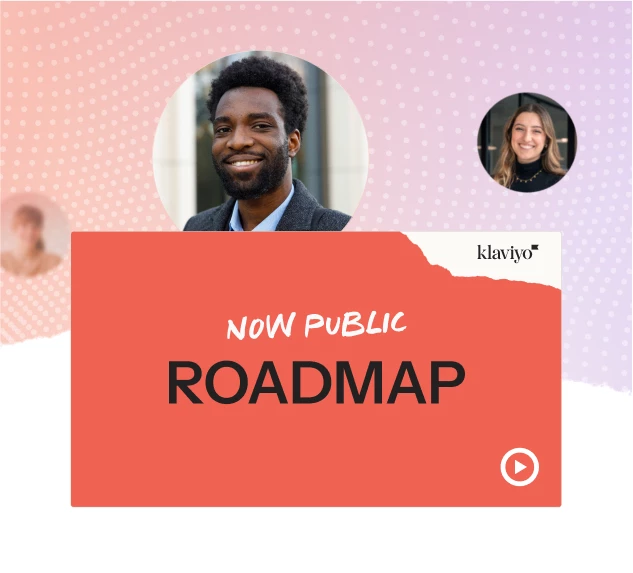Hi,
I’m curious how others are handling subscription plan management now that billing is based on active profiles.
From what I see, an active profile is anyone whose email is collected on the site and can be part of an automation.
But I have a few questions, since we’re getting quite a few complaints from clients.
1.
Example: an account might have 10k active profiles, but only 5k of them are actually subscribed to newsletter. Those 5k receive regular newsletters. The remaining 5k are still included in certain automations (like abandoned checkout), but cannot receive newsletters.
So the client ends up paying for 10k contacts even though they can really only use 5k for full marketing activity (where consent is explicit). Costs keep growing much faster than the actual subscriber base.
Question: how are you handling this in the EU? Do you regularly clean out non-subscribed active profiles, or do you keep them for automation potential?
2.
How do you usually explain the new active-profile billing model to clients?
Thanks a lot for any feedback.
All the best,




![[Academy] Deliverability Certificate Forum|alt.badge.img](https://uploads-us-west-2.insided.com/klaviyo-en/attachment/505f2253-cde5-4365-98fd-9d894328b3e0_thumb.png)
